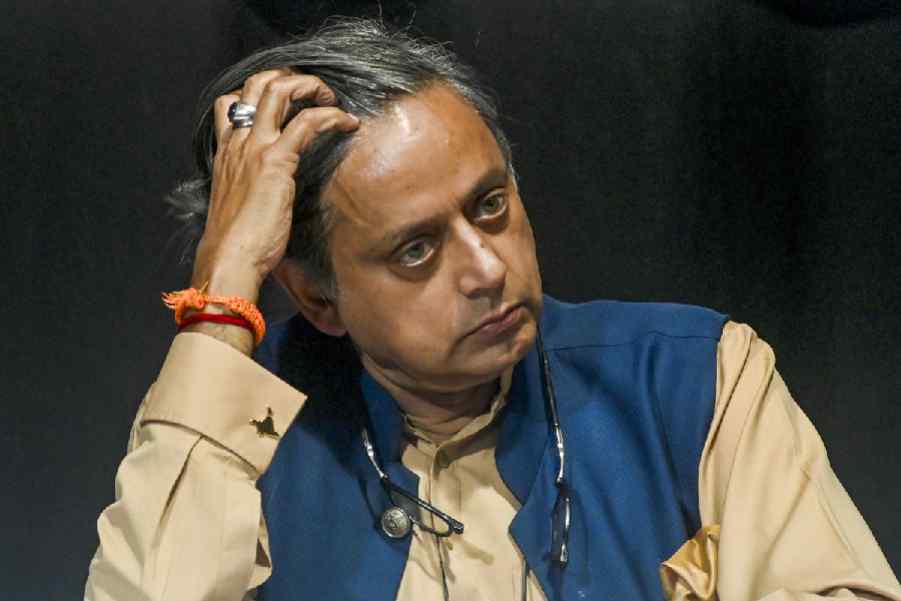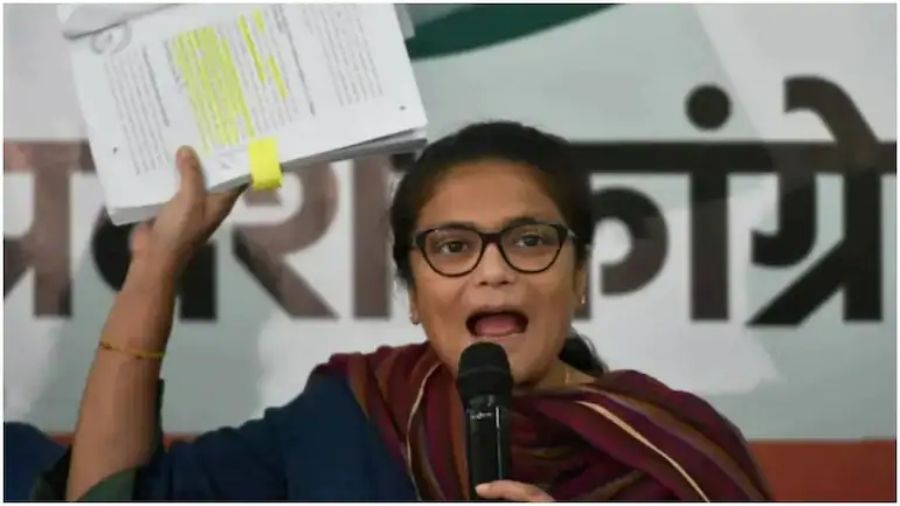 |
| One of the pieces donated by Kim |
A German art historian researching Bengal’s terracotta traditions has traced two Sunga-era (185-73 BC) artefacts to the illicit art market and restored them to “where they belong” — a museum.
“The best (art) pieces are still available only in the illicit market; at least that is true of antiquities,” Kim Schumann, who recently donated the two terracotta pots to the State Archaeological Museum in Behala, told Metro.
Kim visited Chandraketugarh, an archaeological site 50km from Calcutta, after learning about the existence of the pots and cajoled the owner into giving the artefacts away for a little over Rs 1 lakh. “I am happy that the people of Bengal can now see those and take pride in their heritage,” he said.
Kim was photographing all available examples of Chandraketugarh terracotta for a book and an illustrated catalogue — to be made available online shortly — when he decided to hit the art market trail.
“I knew that being a gora aadmi (white man) has its advantages (in the subcontinent),” the art historian chuckled. “Foreigners are assumed to have lots of money and dealers offer them the best pieces. But I didn’t expect to find such rare pieces on sale.”
According to Kim, the only example of “intact pottery” from the Sunga period are in the Art of the Past gallery of Subhas Kapoor in New York. The pots he recovered from Chandraketugarh were the property of a widow for 30 years before she decided to put them on sale.
But how did the pots end up in the woman’s house?
“Ever since excavations began in Chandraketugarh in 1956-57, the site dating back to the 2nd century BC has been plundered at will. Local traders sell ‘antiques’ that are actually fakes but the real stuff is available, too. The discerning collector or art lover only has to look around,” said Kim.
The traders are, however, smart and don’t easily part with the stolen antiquities unless the deal is good. “They know which piece will get them only Rs 5 and which one is not to be sold for below Rs 50. Government agents have a limited budget and pay mostly by cheque; so the best pieces are rarely shown to them,” said Kim.
Gautam Sengupta, the director of archaeology and museums, said the illicit art trade was a reality he had learnt to live with. “It is more profitable for traders to sell an item secretly because they can quote any price.”
Kim reckons the two pots he purchased from the widow could fetch around Rs 12.5 lakh each in New York.
The German had initially offered to sell the pieces to the museum but changed his mind when Sengupta pointed out that a foreigner trading in Indian antiquities within the country was a punishable offence.
Born in Calcutta to a German diplomat, Kim is based in Berlin but often visits the city of his birth. Sengupta said the two pots donated by him were “outstanding” pieces of Sunga art.
“One pot has what is in all likelihood a cosmological theme with a makara, a serpent and human figures. The other pot bears fine floral delineation. The pots were possibly ritual objects used in performance of certain rights and practices. We are grateful to (Kim) Schumann for his donation.”











